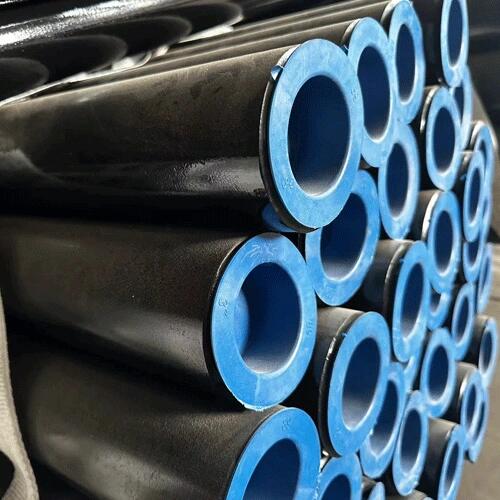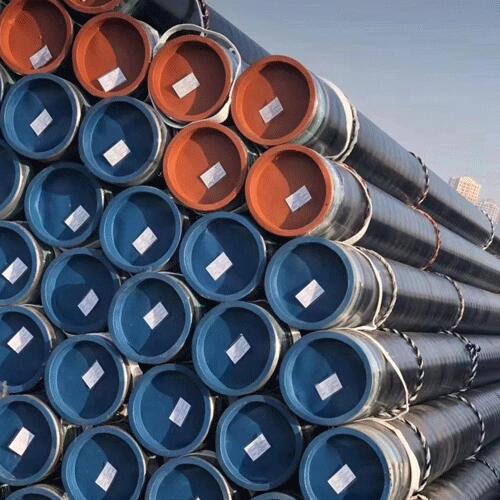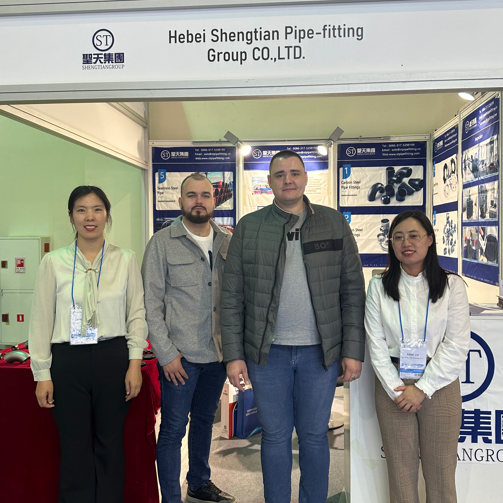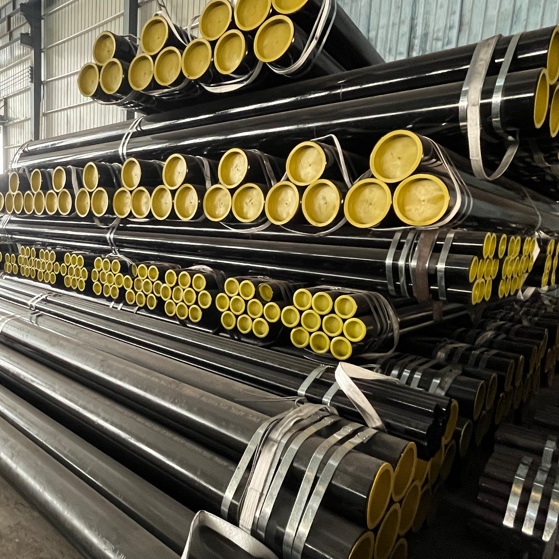The steel pipe manufacturer introduces to you the characteristics and scope of application of the 904L stainless steel pipe socket corner welding construction method.
1. The welding process does not require welding materials (use expanded pipe edges instead). Insert the 904L stainless steel pipe into the socket of the pipe fitting, and use gas tungsten arc welding (GTAW) to weld the end of the socket into a circle to fuse the pipe into one body. Not only can the welds and pipes be connected in the same color, but also welding accessories can be saved and the welding speed can be increased.
2. After pressure resistance, air tightness, tension, negative pressure, salt spray and other tests, the pipe connection strength and sealing performance have obvious advantages over other connection methods; its application range is very wide, and it is this kind of "seamless connection" connection This method has special advantages, especially in tube wells, embedded walls, etc. It saves labor and materials, is convenient, and meets environmental protection requirements.
3. The pipeline structure is simple, the price advantage is obvious, it is safe, reliable, durable, beautiful in appearance, environmentally friendly and hygienic, and easy to use. Scope of application: Suitable for connecting DN15~DN50 pipes in industrial and civil medium and low pressure cold water, hot water, purified water, steam, HVAC, gas pipelines, sewage treatment and other projects and equipment.
904L Stainless Steel Seamless Pipe is made up of a nickel chromium alloy that has lower carbon content. The lower carbon content enables the pipes to be welded with ease without the risk of localized corrosion due to the reduced carbide precipitation during welding.If you have any questions, please feel free to contact us Email: [email protected]
 Why should Seamless steel pipes be epoxy powder coated?
Why should Seamless steel pipes be epoxy powder coated?
 ASTM A106 Thick-walled steel pipe production steps
ASTM A106 Thick-walled steel pipe production steps
 Shengtian Group successfully participated in the Russian Oil and Gas Exhibition
Shengtian Group successfully participated in the Russian Oil and Gas Exhibition
 Is API 5L Black Steel Pipe Good For Air Lines?
Is API 5L Black Steel Pipe Good For Air Lines?